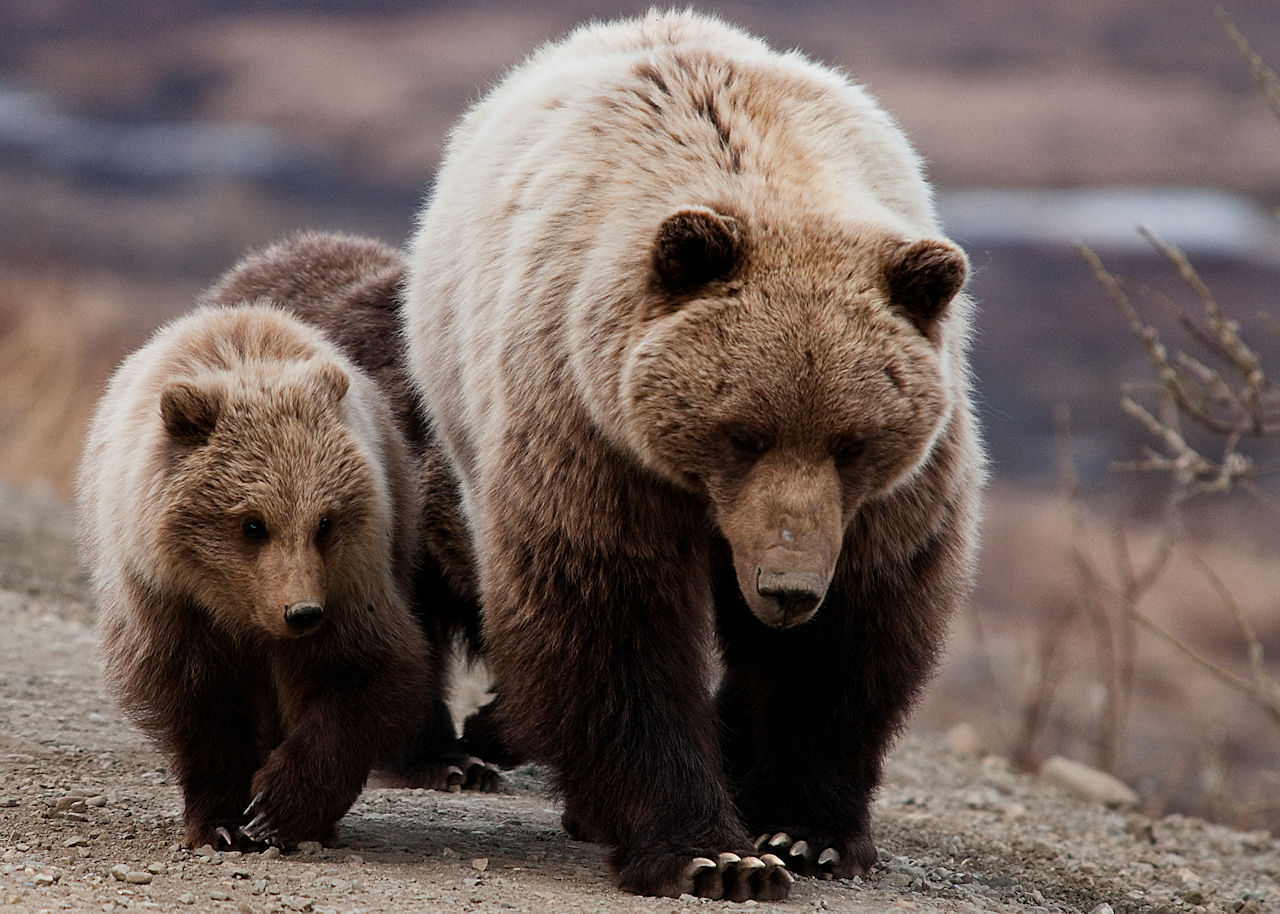
A timely reminder from Montana Fish, Wildlife and Parks . . .
Grizzly and black bears are emerging from dens, based on radio collar locations, track reports, and observations.
Males tend to emerge earlier than females; with the warming weather and increasing day length, more bears will be emerging in the coming weeks. As grizzly and black bears emerge, they will be moving to lower elevations to take advantage of the green-up of vegetation.
After a bear emerges, it takes a few weeks for its digestive system to get back to normal; the bear has been in the den for four to five months. The stomach and digestive system is empty so the bear starts out eating dry grass or roughage to activate the digestive system. Bears will be attracted to anything that smells like food.
By April 1, residents in bear country should take down bird feeders, secure garbage inside a closed garage or secure shed, feed pets inside, clean up chicken and livestock feed, and in general remove all odorous substances that can draw bears. Instead of putting out hummingbird feeders we recommend putting up hanging baskets of flowers instead.
A properly installed and maintained electric fence is an excellent way to protect livestock, poultry, beehives, rabbits, fruit trees, and gardens from bears. FWP has brochures and a webpage where you can get additional information on electric fencing at: http://fwp.mt.gov/fishAndWildlife/livingWithWildlife/beBearAware/bearAwareTools.html.
Hikers, mountain bikers, hunters, and other recreationalists should carry bear spray, keep it readily available for use, and know how to use it.